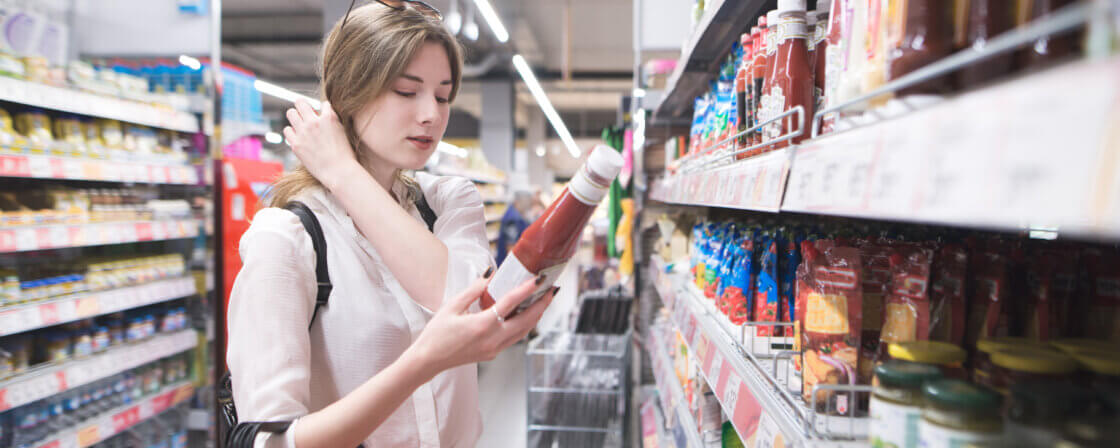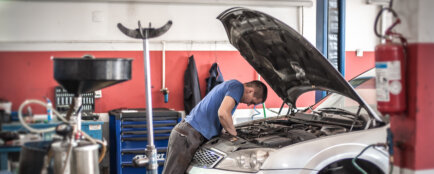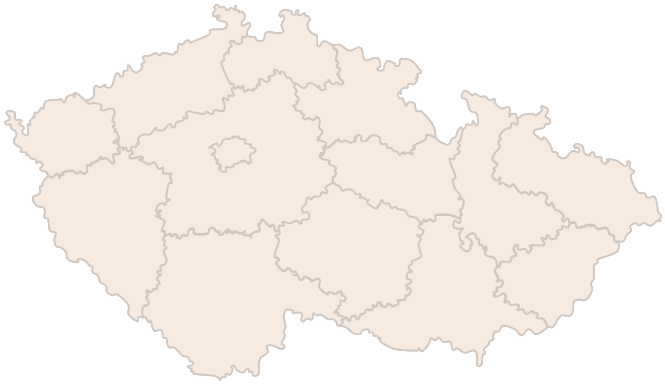In this article, we’ll show you how much VAT is charged on typical purchases, when a quick VAT calculator is worthwhile and how to avoid mistakes that the taxman won’t forgive. Together, we’ll find out why the reduced VAT rate of 15% no longer exists, when you can legally zero-rate, and how to recalculate the price without complicated formulas. In short, you’ll be in control of VAT whether you’re buying a roll or invoicing a million-dollar contract.
Overview of current VAT rates in the Czech Republic (2025)
Until the end of 2023, three rates will apply in the Czech Republic: 21%, 15% and 10%. However, from 2024, the biggest revision in a decade came into effect – lawmakers wanted to reduce administration and simplify the system, so they kept only two rates and zero.
This reform has tangibly transformed everyday prices: VAT on food, for example, has fallen from 15% to 12%, making baked goods and dairy products cheaper. The opposite was true for soft drinks, which returned to the standard rate of 21%; sodas therefore became more expensive. The 15% rate was abolished altogether, so that today VAT at 15% no longer applies to anything.
Are you solving a similar problem?
Not sure how to do your taxes properly so you don't get it wrong?
We can help you navigate the law, whether it’s dealing with a specific tax situation, preparing for an audit by the tax authority or defending yourself in court.
I want to consult
- When you order, you know what you will get and how much it will cost.
- We handle everything online or in person at one of our 6 offices.
- We handle 8 out of 10 requests within 2 working days.
- We have specialists for every field of law.
Basic rate 21 %
The basic rate of 21% remains the backbone of Czech VAT and applies to most goods and services: electronics, cars, construction work (e.g. construction work on residential buildings is an exception), professional services and cosmetic services.
Reduced rate of 12%
From 1 January 2024, we said goodbye to two reduced rates of 15% and 10%. The consolidation package has merged them into a single reduced rate of 12%. It applies to food, accommodation and food services, medicines, medical devices, child car seats, funeral services and, for example, non-regular passenger bus services.
Zero rate
Books, e-books and audiobooks are exempt from VAT with a deduction from 2024, so they are zero-rated.
What is subject to which VAT rate – examples from practice
You can best understand the correct rate using concrete examples. Foodstuffs, which include bread, meat, milk and gluten-free products, are taxed at 12% from 2024. In contrast, electronics (e.g. mobile phones, computers or TVs) are subject to a basic rate of 21%.
Most services, such as hairdressing, legal advice or IT consultancy, are also taxed at 21%, unless the law provides for an exception. In the transport sector, the rate depends on the nature of the transport: regular public transport, such as public transport or trains, as well as non-regular passenger bus services fall under 12%, while taxis and courier services remain at 21%.
For building work, the 12 per cent rate applies if the building is for residential use. Once the building does not meet the conditions for social housing, it moves to the 21% rate.
Formula for calculating VAT
VAT calculations can look scary, but in reality you just need to follow a few simple rules. You can do the following without a calculator, but an online VAT calculator will save you time and minimise the risk of error.
1. Calculating VAT on the tax-free price
If you want to add tax to your invoice, use the VAT calculation formula:
- VAT = tax base x rate / 100
- Price with VAT = tax base + VAT
Example: you sell a laptop for CZK 20,000 excluding tax. The tax rate is 21%.
VAT = 20 000 × 0.21 = CZK 4 200.
Price with VAT = 20 000 + 4 200 = 24 200 CZK.
2. Calculation of the tax base on the price with VAT
If you need to determine the calculation of VAT on the final price, deduct the tax as follows:
- Tax base = price with VAT / (1 + rate / 100)
- VAT = price with VAT – tax base
Example: the receipt shows a price of CZK 112 per food item (reduced rate of 12%).
Base = 112 / 1.12 ≈ 100 CZK.
VAT = 112 – 100 = 12 CZK.
Summary
There are three VAT rates in 2025: a standard rate of 21%, a reduced rate of 12% and a zero rate. As of 1 January 2024, the 15% and 10% rates were abolished, so that VAT at 15% no longer exists in practice. Food, accommodation, medicines and funeral services are subject to VAT at 12%; electronics, most services and soft drinks, for example, are subject to VAT at 21%.
Calculating VAT is based on simple formulas: you either calculate the tax on the price without VAT or find the tax base on the price with VAT. A VAT calculator can speed up the job, but only if it contains the current rates. Remember that calculating VAT correctly protects you from penalties and helps you get your prices and cash flow right.
Frequently asked questions and answers
How to calculate VAT on the price?
First, make sure you know the rate. At 12%, you divide the final price by 1.12 and the difference is tax; at 21%, you divide by 1.21. For example, a price of CZK 242 at a 21% rate hides CZK 42 VAT and CZK 200 base. If you issue dozens of invoices a day, the safest way is to use a VAT calculator that works with the current rates.
How to calculate VAT as quickly as possible?
The online VAT calculator will calculate both the tax base and the VAT price. When calculating VAT manually, follow the formulas above and make sure to use the current VAT rate of 12% or 21%.
How to deduct VAT on purchases?
As a taxpayer, you can claim a VAT deduction on the invoices you receive. In your tax return, you enter the input VAT (on purchases) and deduct it from the output VAT (on sales). The condition is that the tax document is correctly issued and that the goods or services purchased are related to your economic activity. If you buy exempt goods (e.g. books), the deduction cannot be claimed.
How much is VAT on services?
Most services fall under 21%, some (accommodation, funerals) under 12%. Always check that a particular service is not specifically listed in the VAT Annex.
How to tax digital services and e-books correctly?
Digital publications (e-books, audiobooks) are zero-rated in the Czech Republic if you sell them to domestic customers. If you offer them to consumers in other EU countries, you apply the rate of the relevant country.
Are food supplements subject to the 12% rate?
No. Dietary supplements are only considered food if they meet the definition of conventional food under food law. In practice, most supplements remain at the basic rate of 21%.
Can I apply 12% VAT on building materials for a family house?
Only if you supply the material together with the building service. The sale of building materials alone, without installation, is subject to the 21% rate.




